Bryan L. Programmable controllers. Theory and implementation
Подождите немного. Документ загружается.

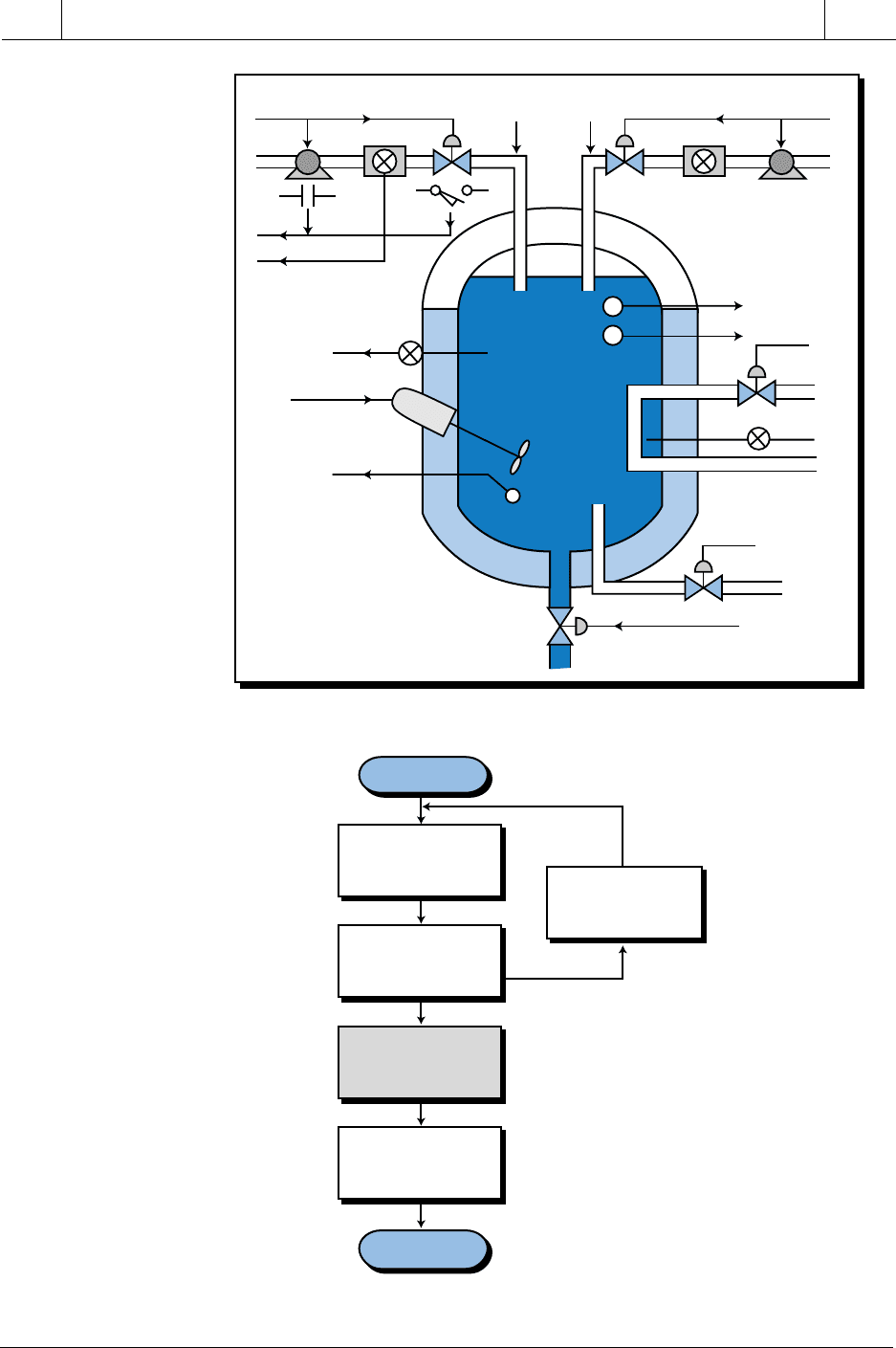
789
CHAPTER
16
Artificial Intelligence
and PLC Systems
SECTION
5
Advanced PLC
Topics and Networks
Industrial Text & Video Company 1-800-752-8398
www.industrialtext.com
Figure 16-8. Batching system configuration.
Figure 16-9. Main control program flowchart.
Temp Switch TS1
Temp Switch TS2
Steam Valve
Temp Transducer
Auxiliary Valve
Solenoid
Valve B
Solenoid
Valve A
Meter BMeter A
Pump
B
Pump
A
Pressure Transducer
Mixer Motor
Float Switch
Discharge
Solenoid
Valve
Contacts
Start
End
Initalize and
enter parameters
Batch control
routine
Subroutine:
print fault
Temperature
control routine
Subroutine: check
correct operation
Subroutine that implements fault
detection using AI techniques
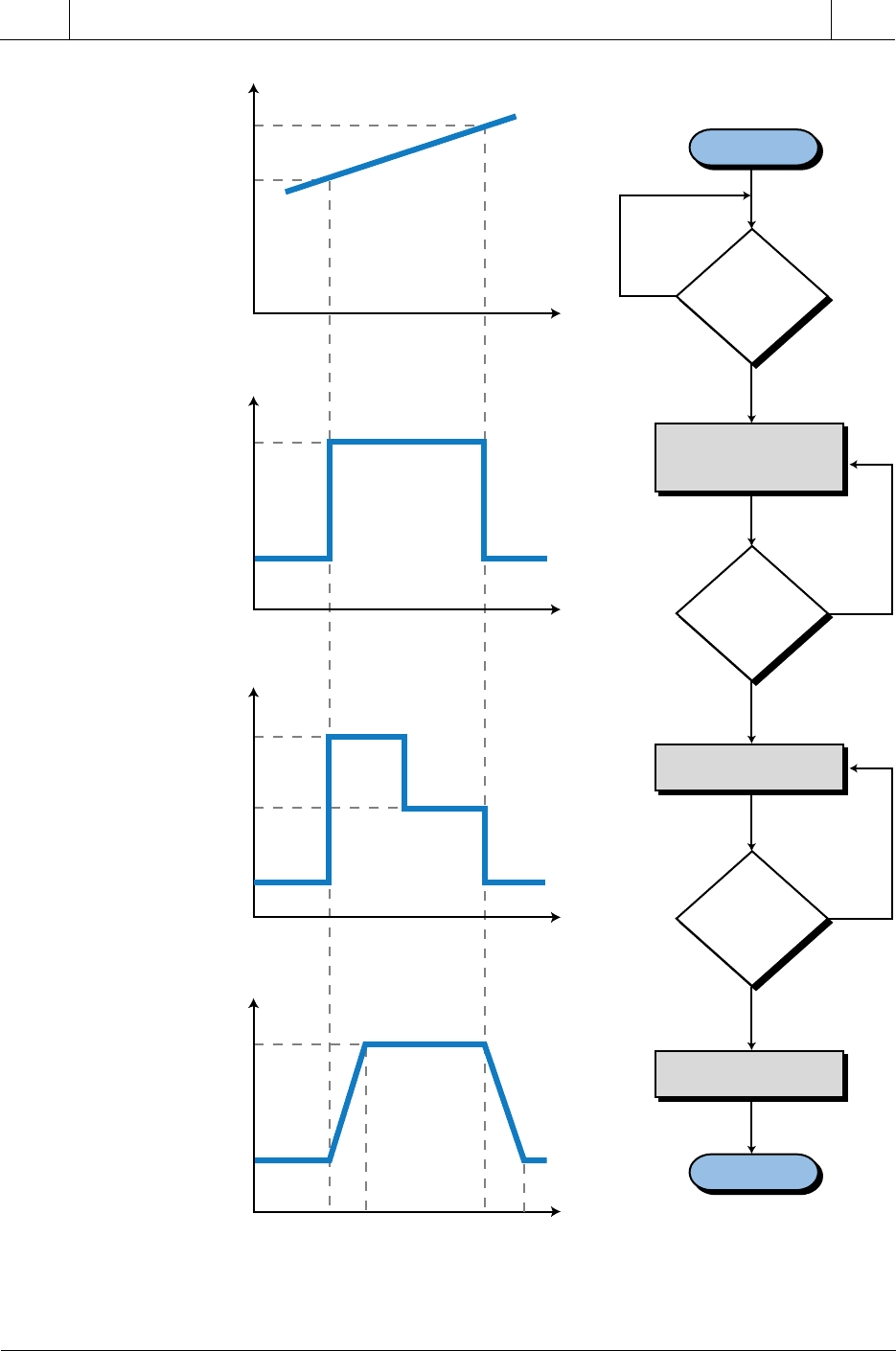
790
SECTION
5
Advanced PLC
Topics and Networks
Industrial Text & Video Company 1-800-752-8398
www.industrialtext.com
CHAPTER
16
Artificial Intelligence
and PLC Systems
Figure 16-10. Temperature and steam
valve relationship.
Figure 16-11. Temperature control
subroutine.
Is
temp at
800°C
?
Open valve
to 100%
Start
End
No
No
Time to
cool to
100°C
?
Set valve to 60%
No
Time to
increase
to 800°C
?
Yes
Yes
Set valve to 40%
Yes
Temperature vs. % of valve opening
60%
40%
Set Points
SP
2
800°C
SP
1
100°C
°C
100°C 800°C
Steam Valve
60%
100%
40%
Temperature Profile
800°C
100°C
°C
t
1
t
2
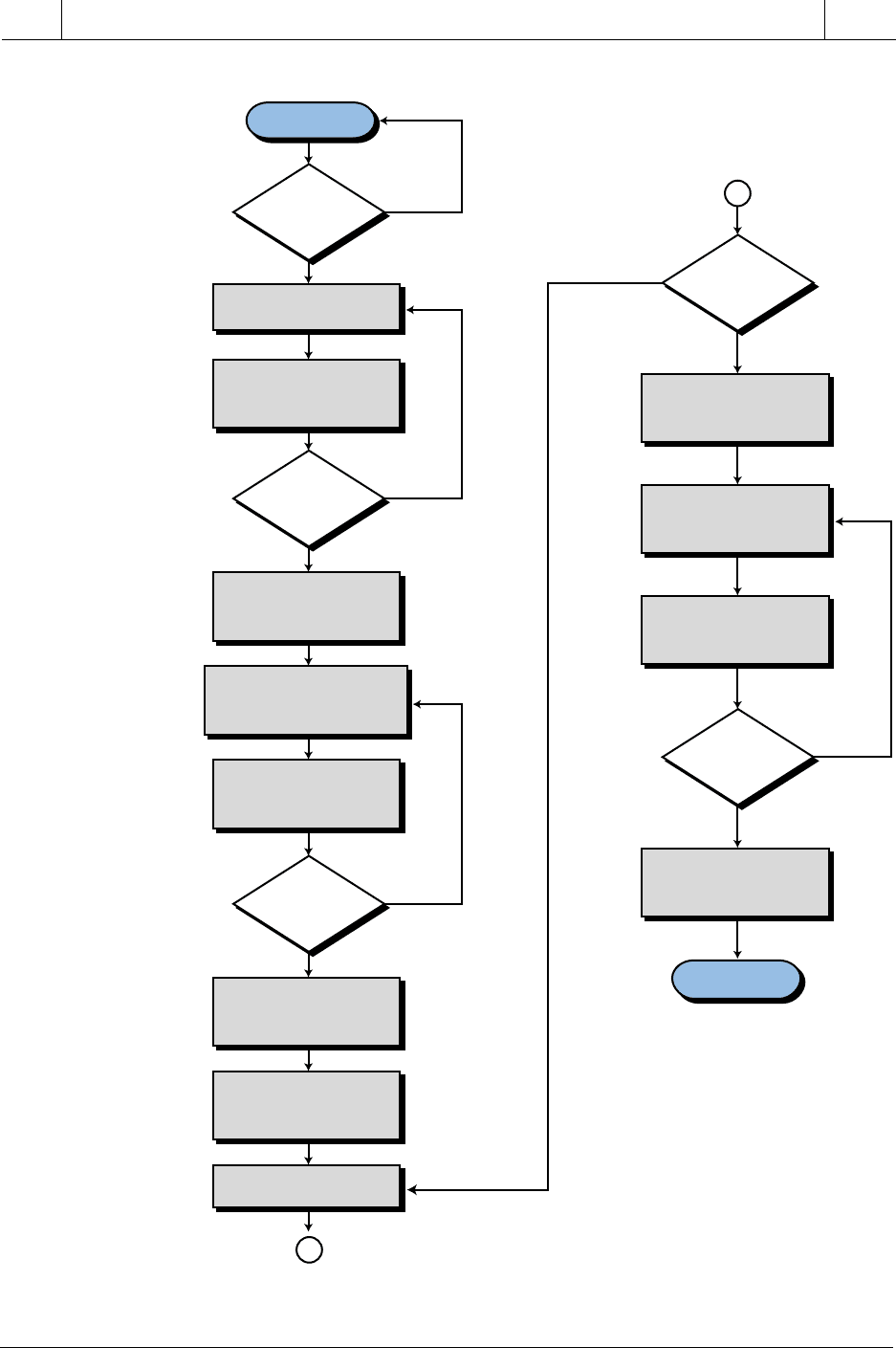
791
CHAPTER
16
Artificial Intelligence
and PLC Systems
SECTION
5
Advanced PLC
Topics and Networks
Industrial Text & Video Company 1-800-752-8398
www.industrialtext.com
Figure 16-12. Batching control routine.
No
Close Sol A,
pump A OFF
Go to subroutine
(check faults and print)
Open Sol B,
pump B ON
Finish A
?
Open Sol A,
pump A ON
Start
End
No
Finish B
?
No
Read gallon amount
Start
PB pushed
?
Yes
Yes
Close Sol B,
pump B OFF
Elevate to 800°C
temp control
Mixer ON
Yes
Mix motor OFF
Delay for stable
Open discharge Sol
Mix time
elapsed?
Float
switch
OFF?
No
Yes
Yes
1
1
Close discharge Sol
No
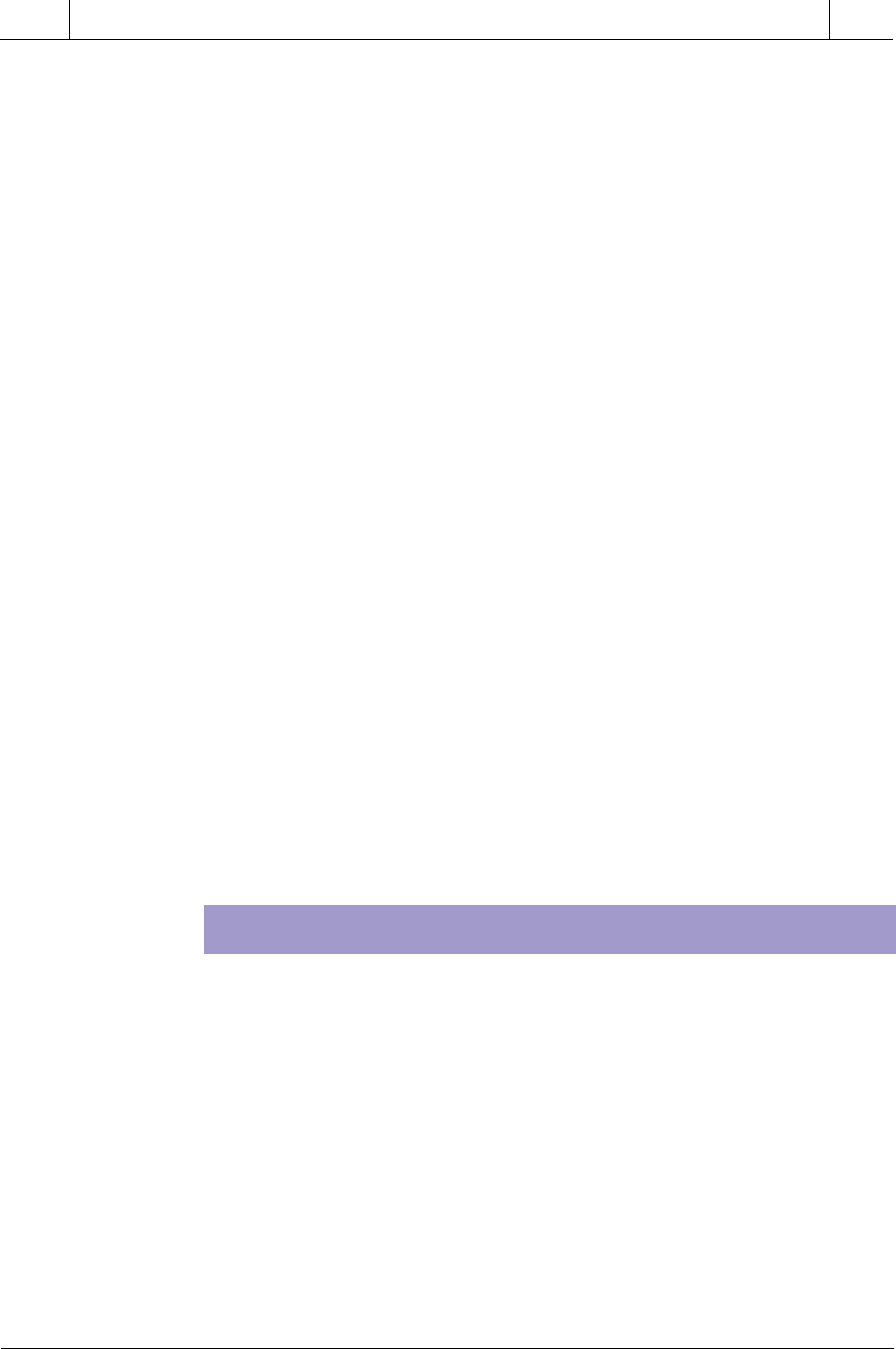
792
SECTION
5
Advanced PLC
Topics and Networks
Industrial Text & Video Company 1-800-752-8398
www.industrialtext.com
CHAPTER
16
Artificial Intelligence
and PLC Systems
• A pump motor provides the necessary pressure to send the ingredients
through the line.
• Before any of the ingredients are poured into the tank, the temperature
inside the tank should be 100°C. A solenoid opens a steam valve to
40% to achieve the proper temperature in the tank.
• A load cell pressure transducer reads the volume inside the tank. It
detects whether an ingredient is entering the tank, serving as a
feedback device in the event of a faulty signal.
• After the two ingredients are in the tank, the temperature must be at
800°C before mixing can occur. The steam valve opens to 100% until
the temperature reaches 800°C, then it remains at 60% open to
maintain 800°C.
• Two thermoswitches detect the two desired temperatures (100°C and
800°C) and serve as feedback in case of a fault.
• A steam valve heats up the tank. A temperature transducer controls the
temperature, maintaining it at the desired level.
• A motor agitates the two ingredients.
• An auxiliary valve disposes of the ingredients in the event that they are
not mixed properly.
• When the mixing is finished, a discharge valve drains the desired
solution (mixture) into the next step of the process. The steam valve
returns to 40% open to cool the temperature in the tank to 100°C for
the next batch.
• A float switch detects an empty tank.
PROCESS CONTROL FAULT DETECTION
Fault detection in the system occurs during three major stages of the process:
1. when the ingredients are being poured
2. during the elevation of temperature
3. during the cooling of the tank
For each of these stages, the system can provide fault–versus–possible cause
information. It detects the fault through feedback information from each
of the controlling and measuring devices. It then verifies this fault informa-
tion by comparing it with feedback data from additional control devices.
Table 16-1 shows the control and feedback devices used to perform the
system check.
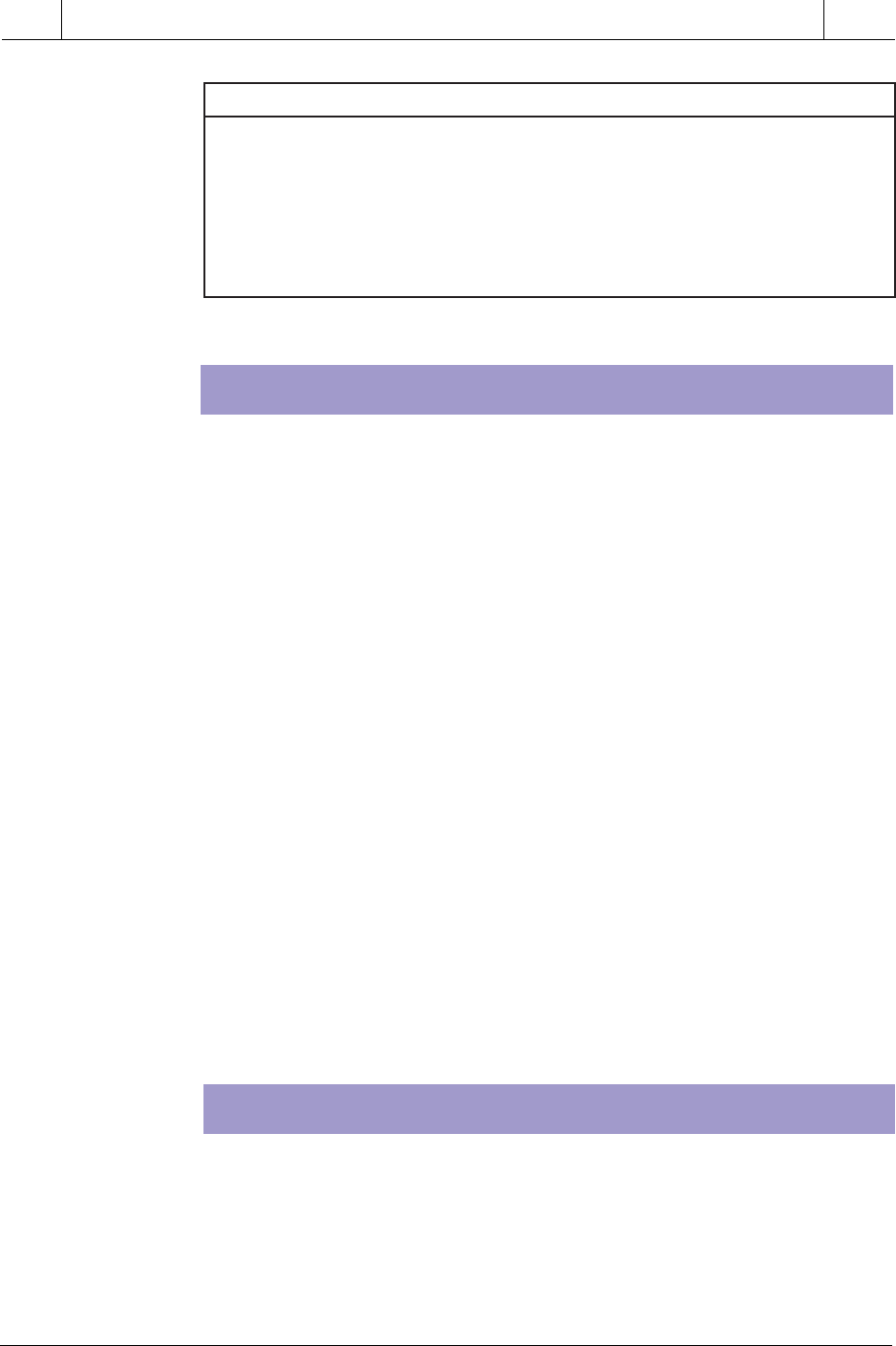
793
CHAPTER
16
Artificial Intelligence
and PLC Systems
SECTION
5
Advanced PLC
Topics and Networks
Industrial Text & Video Company 1-800-752-8398
www.industrialtext.com
RULE DEFINITIONS
Based on the process control description and the possible failures, the system
has the rules described in Table 16-2. These rules specify actions based on
process occurrences and measurements.
Given the AI system’s rules, we can define a set of faults F, representing the
possible malfunctions, as:
Fn i
ni,
, for to to 2==09 1
where:
n
i
=
===
rule number
type of fault (1 critical, 2 noncritical)
We can divide the set of faults (F
n,i
) into two subsets—critical faults (F
n,1
) and
noncritical faults (F
n,2
):
FF F n
ni n n,, ,
∈=
12
1 or for to 9
The actions taken for critical faults are abort batch process, alert operator of
critical fault, open auxiliary valve, and inform operator of possible faulty
devices. The actions taken for noncritical faults are alert the operator,
continue process and stop at end of batch, and inform operator of possible
faulty devices.
APPLICATION SUMMARY
Applying AI techniques to a control system usually involves adding
hardware and software to the system. The complexity of the AI program
varies depending on how much fault detection is desired. The previous
example presented only the rules for one ingredient. Although the rules for
the second ingredient would be similar, the control system would still have
to be programmed with them, and this could be time consuming.
seciveDlortnoCkcabdeeFesopruP
evlaVerusserpdnahctiwstimiL
recudsnart
noitautcadioneloskcehC
evlavni
pmuPerusserpdnastcatnoC
recudsnart
noitarepopmupkcehC
retemwolFrecudsnarterusserPwolftneidergnikcehC
evlavmaetShctiwserutarepmeTevlavmaetskcehC
Table 16-1. Control and feedback devices used in batching system.
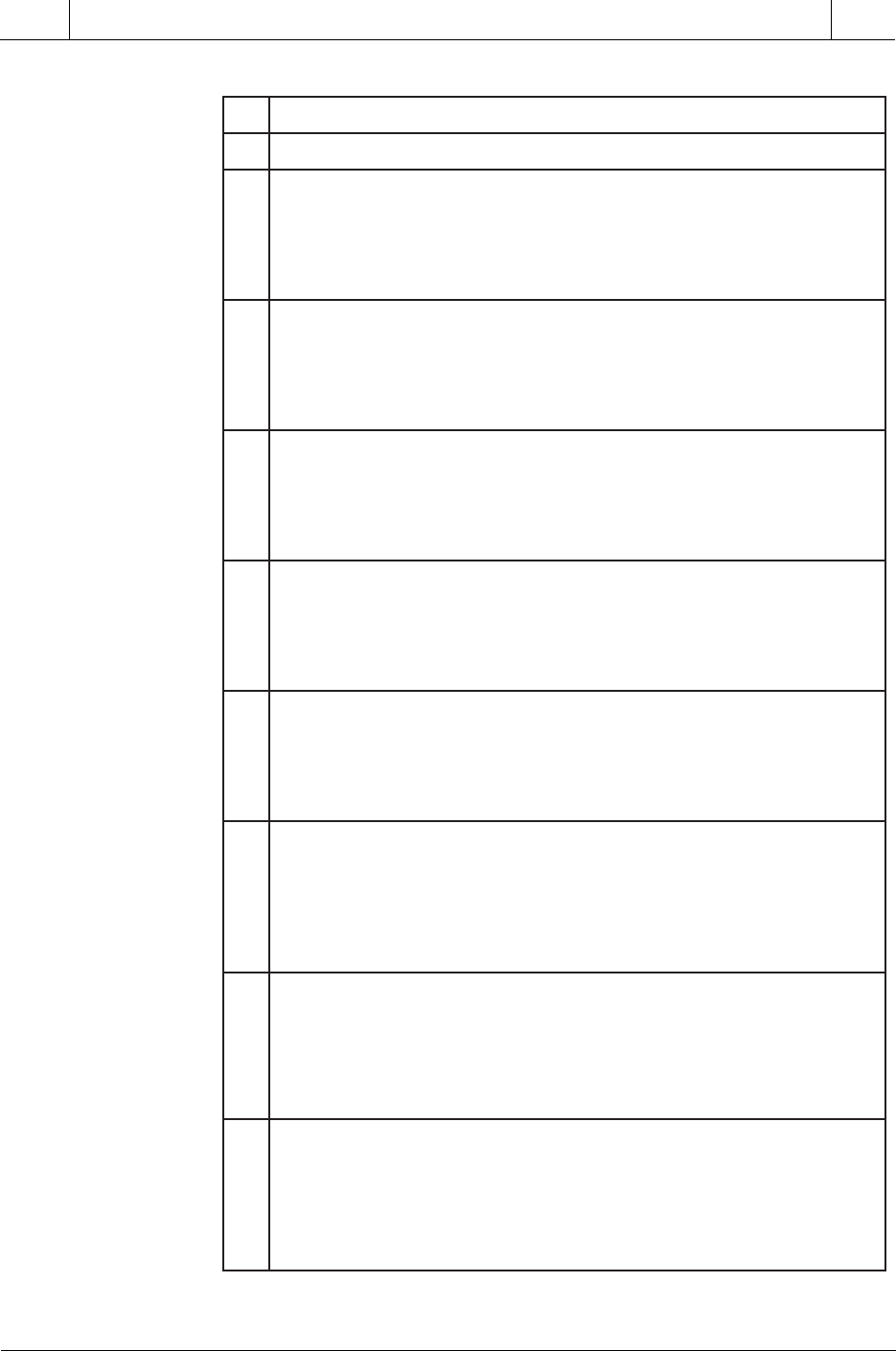
794
SECTION
5
Advanced PLC
Topics and Networks
Industrial Text & Video Company 1-800-752-8398
www.industrialtext.com
CHAPTER
16
Artificial Intelligence
and PLC Systems
Table 16-2. Batching system rules.
seluR
1 .ssecorperitnehtiwdeecorP.KOnoitarepoNEHT,tluafonsierehtFI
2 .erusserpkcehcNEHT,evlavehtnitluafasierehtFI
eunitnoC.hctiwstimilehtnitluafasierehtNEHT,KOsierusserpFI
.potsdnassecorp
potS.evlavehtnitluafasierehtNEHT,KOtonsierusserpFI
.tluafxif;evlavyrailixuanepo;rotarepotreladnassecorp
3 .erusserpdaerNEHT,pmupehtnitluafasierehtFI
.tcatnocs’pmupehtnitluafasierehtNEHT,KOsierusserpFI
.potsdnassecorpeunitnoC
potS.pmupehtnitluafasierehtNEHT,KOtonsierusserpFI
.tluafxif;evlavyrailixuanepo;rotarepotreladnassecorp
4 .erusserpdaerNEHT,retemehtnitluafasierehtFI
eunitnoC.retemwolfehtnitluafasierehtNEHT,KOsierusserpFI
.potsdnassecorp
.evlavro/dnapmupehtnitluafasierehtNEHT,KOtonsierusserpFI
.tluafxif;evlavyrailixuanepo;rotarepotreladnassecorppotS
5 .erusserpdaerNEHT,evlavdnaretemehtnitluafasierehtFI
timilro/dnaretemwolfehtnitluafasierehtNEHT,KOsierusserpFI
.potsdnassecorpeunitnoC.hctiws
.pmupro/dnaevlavehtnitluafasierehtNEHT,KOtonsierusserpFI
.tluafxif;evlavyrailixuanepo;rotarepotreladnassecorppotS
6 .erusserpdaerNEHT,pmupdnaretemehtnitluafasierehtFI
pmupro/dnaretemehtnitluafasierehtNEHT,KOsierusserpFI
.tluafxif;potsdnassecorpeunitnoC.stcatnoc
.evlavro/dnapmupehtnitluafasierehtNEHT,KOtonsierusserpFI
.tluafxif;evlavyrailixuanepo;rotarepotreladnassecorppotS
7 daerNEHT,retemwolfdnaevlavdnapmupehtnitluafasierehtFI
.erusserp
ro/dnaretemwolfehtnitluafasierehtNEHT,KOsierusserpFI
.potsdnassecorpeunitnoC.hctiwstimilro/dnapmup
.pmupro/dnaevlavehtnitluafasierehtNEHT,KOtonsierusserpFI
.tluafxif;evlavyrailixuanepo;rotarepotreladnassecorppotS
8 008otknatehtfognitaehehtgnirudtluafasierehtFI ° si2STdnaC
.recudsnarterutarepmetehtnitluafasierehtNEHT,emittesaniNO
.potsdnassecorpeunitnoC
tluafasierehtNEHT,doirepemittesehtnidnopsertonseod2STFI
yrailixuanepo;rotarepotreladnassecorppotS.evlavmaetsehtni
.tluafxif;evlav
9 001otknatehtfogniloocehtgnirudtluafasierehtFI ° si1STdnaC
.recudsnarterutarepmetehtnitluafasierehtNEHT,emittesaniNO
tluafasierehtNEHT,doirepemittesehtnidnopsertonseod1STFI
.evlavmaetsehtni
tonodyeht;dehsinifsihctabehtecnis,lacitircnonerastluafhtoB
.sdnammochctabtrobaeriuqer

795
CHAPTER
16
Artificial Intelligence
and PLC Systems
SECTION
5
Advanced PLC
Topics and Networks
Industrial Text & Video Company 1-800-752-8398
www.industrialtext.com
KEY
TERMS
We could add intelligence to the system by storing data from the process (e.g.,
how many times the pump has been turned ON, the contact status feedback
to the system, how many times the valve has been turned ON and OFF, which
limit switch responded, etc). This data, in conjunction with information
about the last time and type of failure, when and how it was fixed, and when
the last maintenance was performed, would allow the system to identify
whether two possible causes generated a single fault. The global database
would store this additional information, allowing the system to make deci-
sions based on the probabilities assigned or calculated throughout several past
process performances. Undoubtedly, the more intelligent a system is, the
more productive it will be. Additional intelligence means less downtime and
a safer process environment.
artificial intelligence (AI)
backward chaining
Baye’s theorem
blackboard architecture
diagnostic AI system
expert AI system
forward chaining
global database
inference engine
knowledge AI system
knowledge database
knowledge inference
knowledge representation
rule-based knowledge representation
Industrial Text & Video Company 1-800-752-8398
www.industrialtext.com
This page intentionally left blank.

FUZZY LOGIC
CHAPTER
SEVENTEEN
Slumber not in the tents of your fathers. The
world is advancing. Advance with it.
—Giuseppe Mazzini
Industrial Text & Video Company 1-800-752-8398
www.industrialtext.com
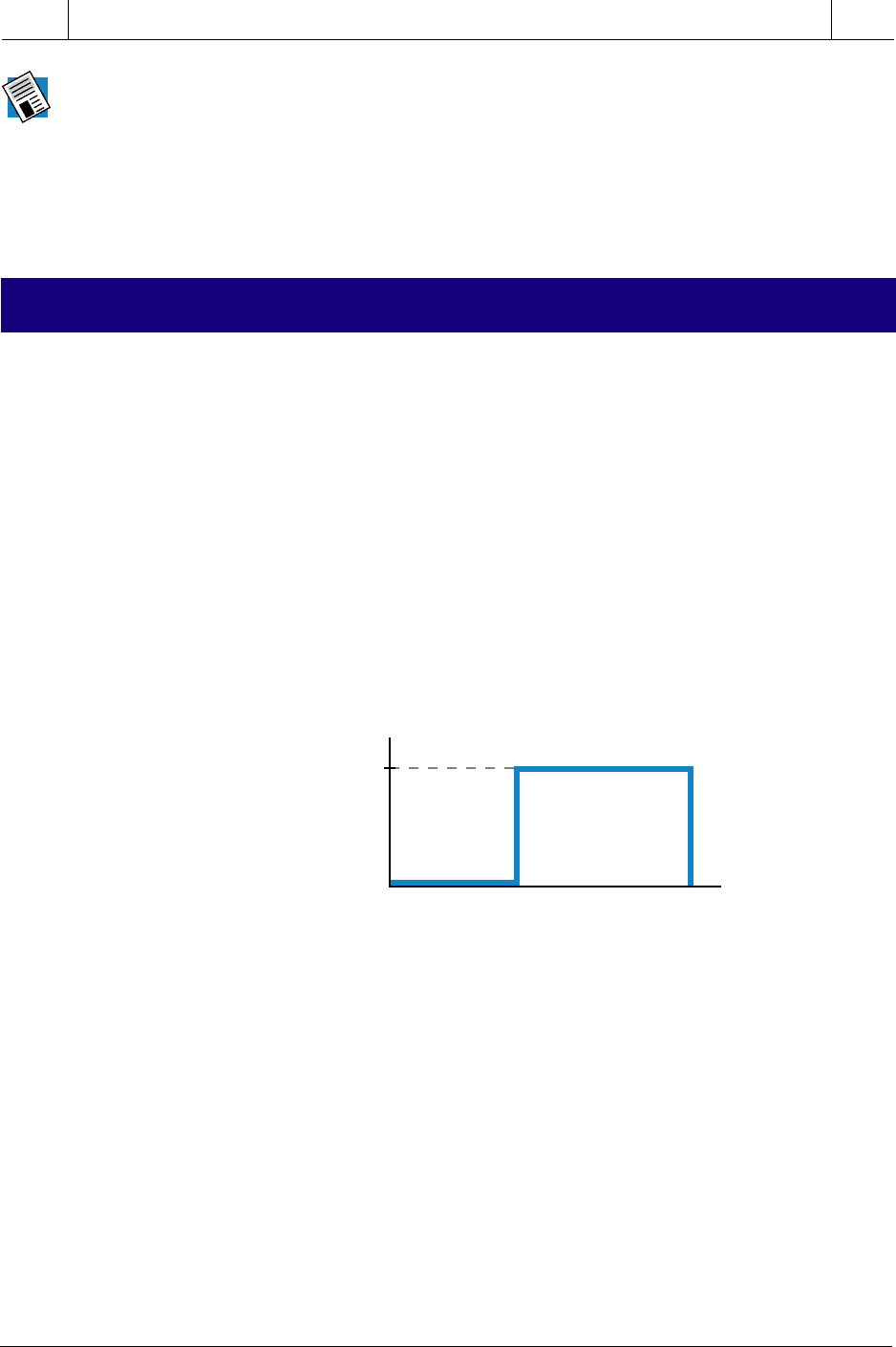
798
SECTION
5
Advanced PLC
Topics and Networks
Industrial Text & Video Company 1-800-752-8398
www.industrialtext.com
CHAPTER
17
Fuzzy
Logic
Fuzzy logic provides PLCs with the ability to make “reasoned” decisions
about a process. In this chapter, we will introduce you to the basics of fuzzy
logic, including fundamental concepts and historical origins. We will demon-
strate how fuzzy logic can be used in practical applications to provide real-
time, logical control of a process. When you finish this chapter, you will
have learned about the advanced applications of PLCs. You will then be
ready to learn how to connect PLCs through local area networks.
CHAPTER
HIGHLIGHTS
Fuzzy logic is a branch of artificial intelligence that deals with reasoning
algorithms used to emulate human thinking and decision making in ma-
chines. These algorithms are used in applications where process data cannot
be represented in binary form. For example, the statements “the air feels cool”
and “he is young” are not discrete statements. They do not provide concrete
data about the air temperature or the person’s age (i.e., the air is at 65°F or the
boy is 12 years old). Fuzzy logic interprets vague statements like these so
that they make logical sense. In the case of the cool air, a PLC with fuzzy
logic capabilities would interpret both the level of coolness and its relation-
ship to warmth to ascertain that “cool” means somewhere between hot and
cold. In straight binary logic, hot would be one discrete value (e.g., logic 1)
and cold would be the other (e.g., logic 0), leaving no value to represent a
cool temperature (see Figure 17-1).
Figure 17-1. Binary logic representation of a discrete temperature value.
In contrast to binary logic, fuzzy logic can be thought of as gray logic,
which creates a way to express in-between data values. Fuzzy logic
associates a grade, or level, with a data range, giving it a value of 1 at its
maximum and 0 at its minimum. For example, Figure 17-2a illustrates a
representation of a cool air temperature range, where 70°F indicates perfectly
cool air (i.e., a grade value of 1). Any temperature over 80°F is considered
hot, and any temperature below 60°F is considered cold. Thus, temperatures
above 80°F and below 60°F have a value of 0 cool, meaning they are not cool
at all. Figure 17-2b shows another representation of the cool temperature
range, where the dotted line shows that hot and cold temperatures are not cool.
At 65°F, the fuzzy logic algorithm considers the temperature to be 50% cool
and 50% cold, indicating a level of coolness. Below 60°F, the fuzzy logic
algorithm considers the temperature to be cold.
1
0
Cold
Hot
17-1 INTRODUCTION TO FUZZY LOGIC
